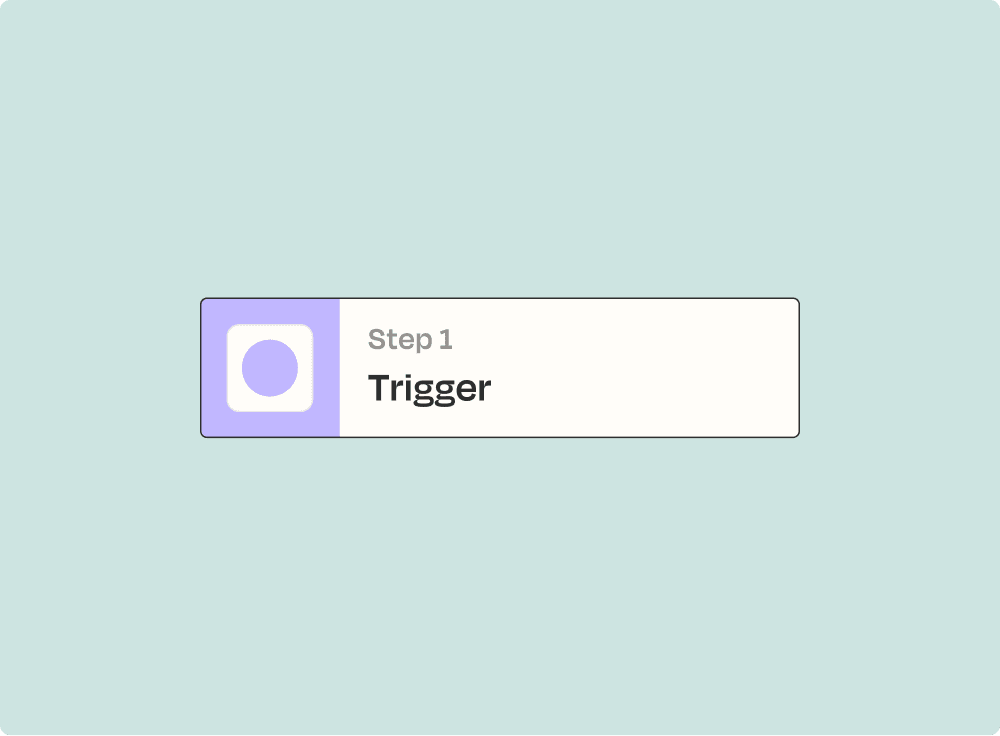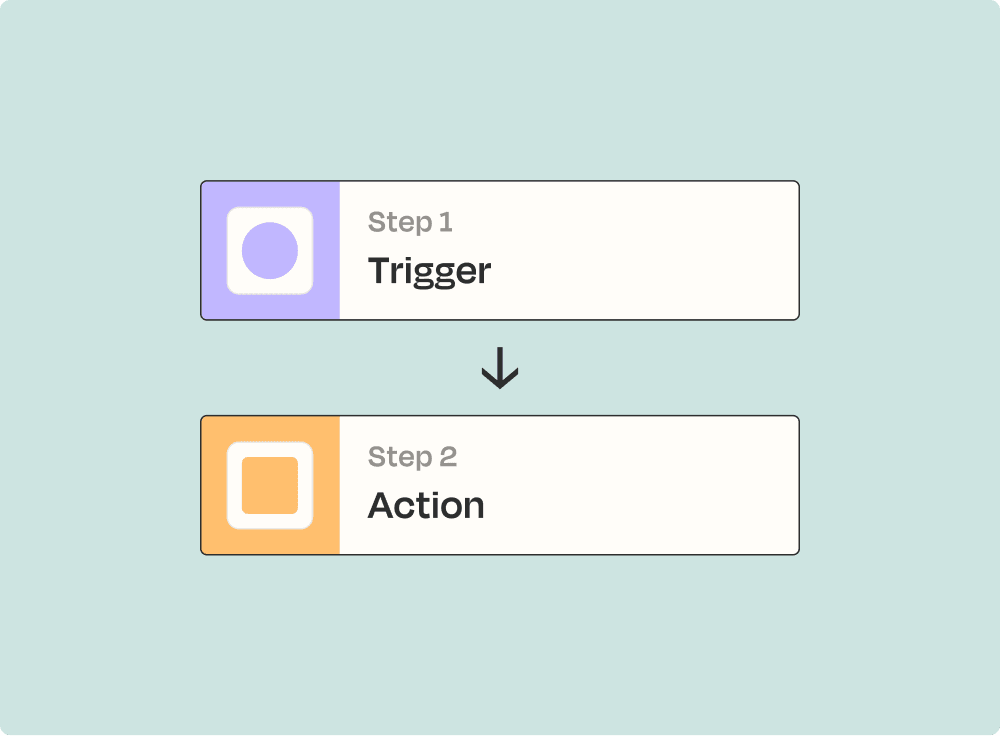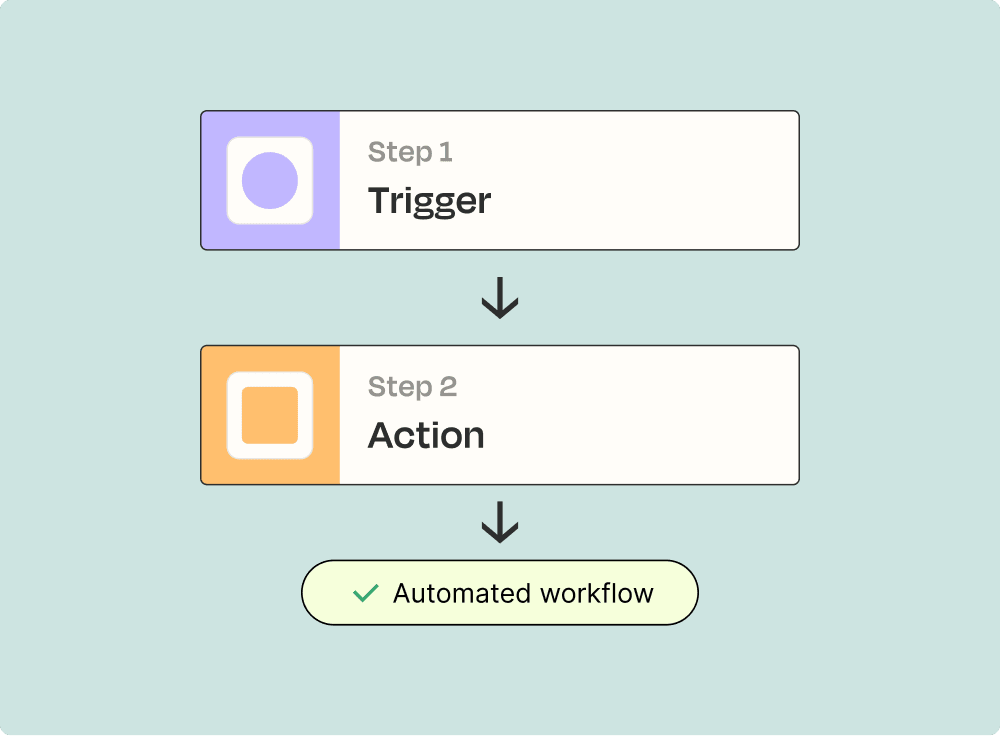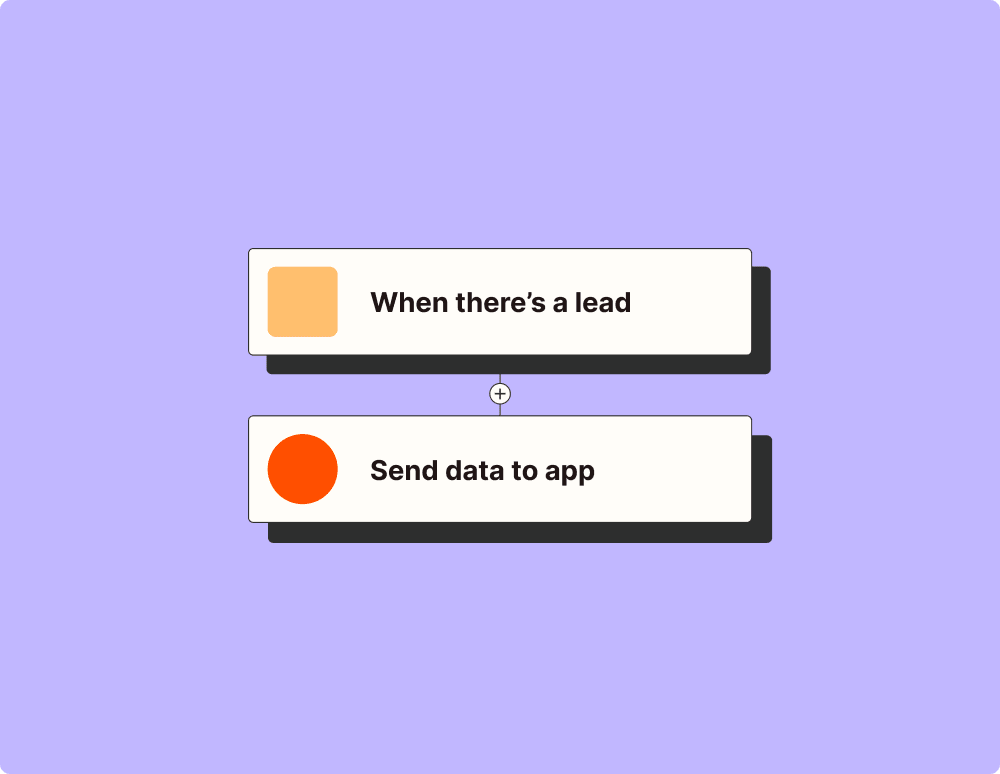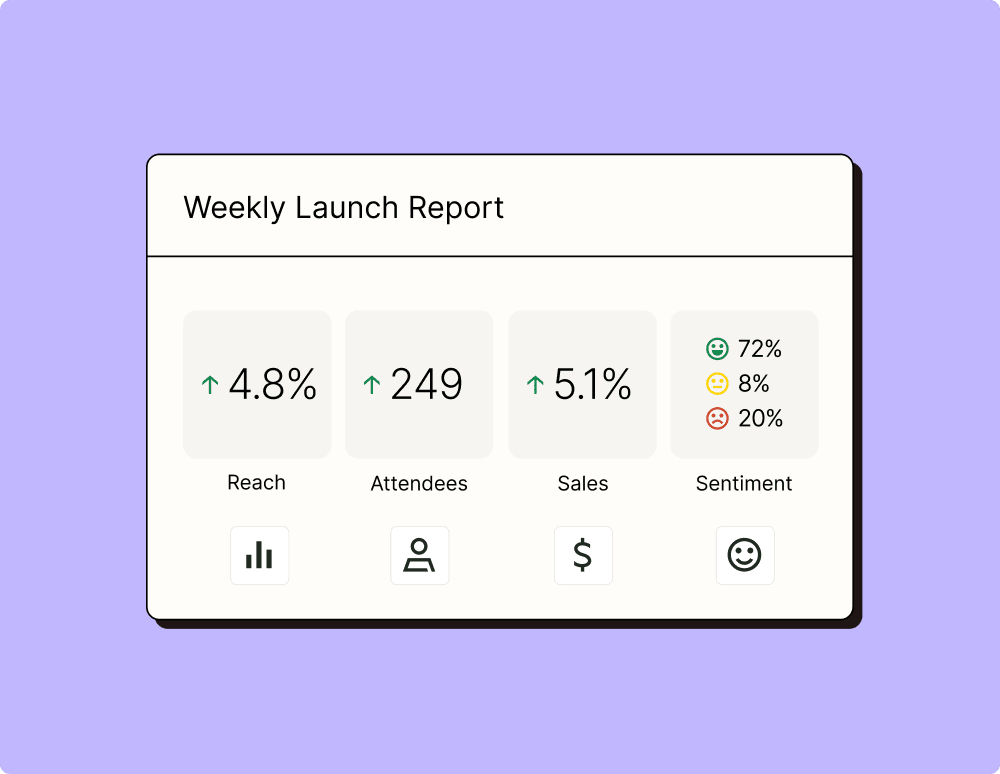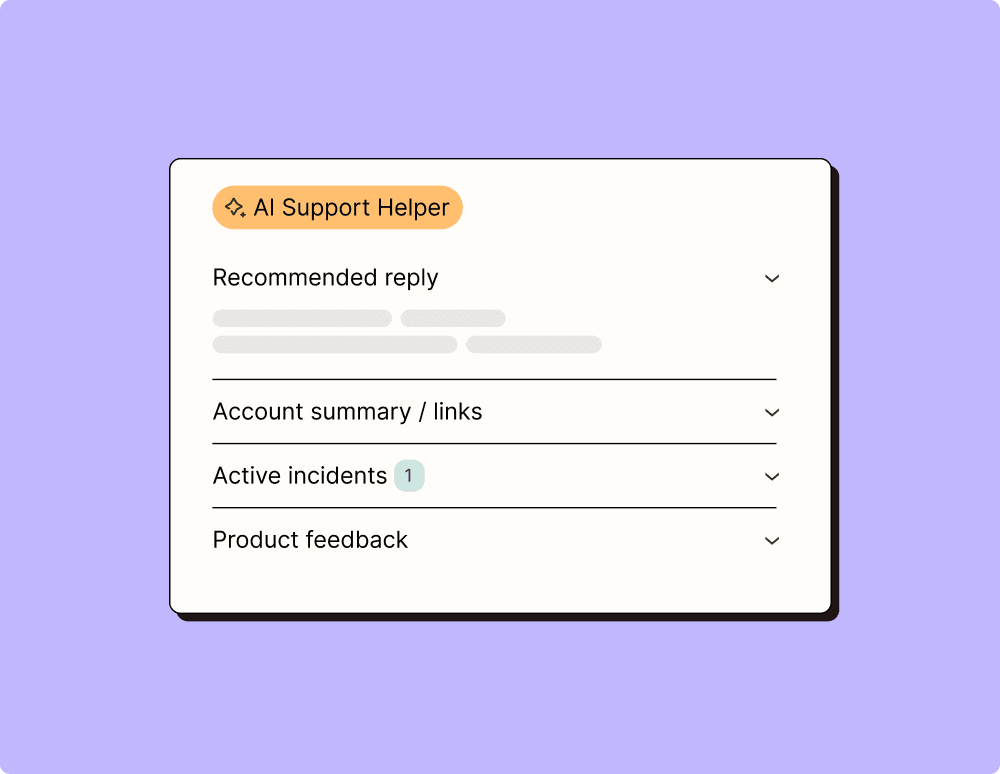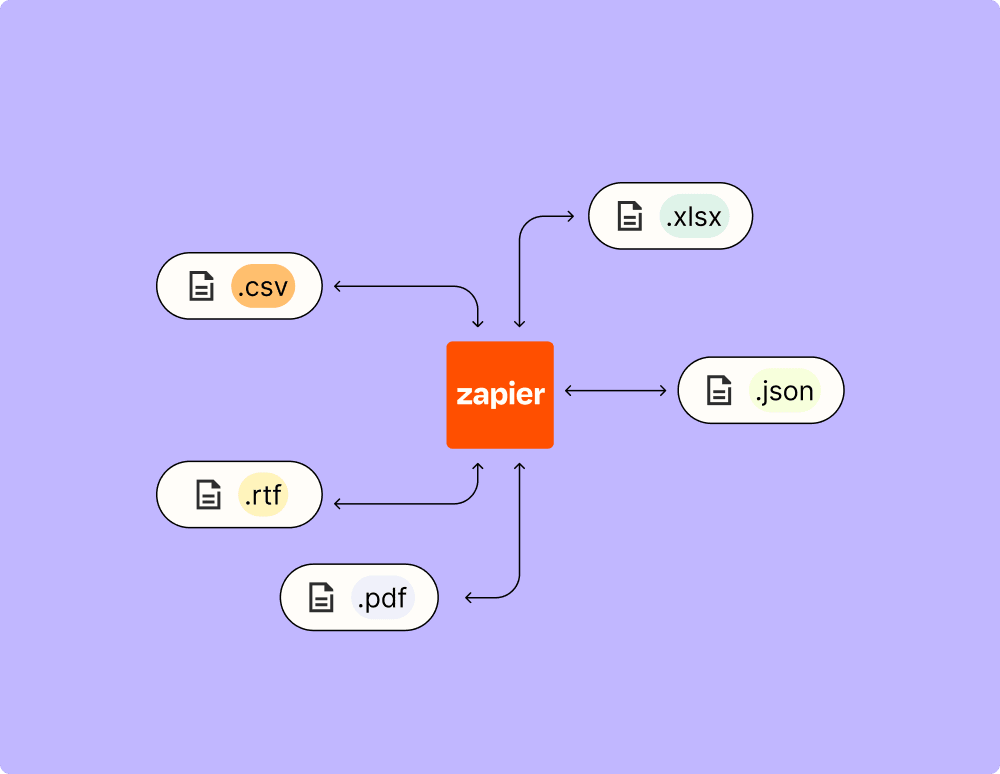Connect Airtable and WooCommerce to unlock the power of automation
- No credit card required
- Free forever for core features
- 14-day trial for premium features and apps
Set up your first integration
Quickly connect Airtable to WooCommerce with a Zapier template.
Our most popular template

How Zapier works
Zapier makes it easy to integrate Airtable with WooCommerce - no code necessary. See how you can get setup in minutes.
Zapier is the automation platform of choice for 87% of Forbes Cloud 100 companies in 2023
93%
Customers who say using Zapier has made them better at their job
25m
Customers have created over 25 million Zaps on the platform
6 mins
The average user takes less than 6 minutes to set up a Zap
Frequently Asked Questions about Airtable + WooCommerce integrations
New to automation with Zapier? You're not alone. Here are some answers to common questions about how Zapier works with Airtable and WooCommerce
How do I set up the integration between Airtable and WooCommerce?
To set up the integration, first, ensure you have accounts on both Airtable and WooCommerce. Then, create a Zap to connect them by choosing a trigger from WooCommerce (such as 'New Order' or 'Product Updated') and an action in Airtable (like 'Create Record' or 'Update Record'). Once configured, test the Zap to ensure the information is transferred seamlessly.
What triggers are available for WooCommerce in this integration?
In our integration, you can use triggers like 'New Order,' 'Order Updated,' 'Product Added,' and 'Customer Created.' These triggers allow specific actions in Airtable, such as adding new records or updating existing ones based on activities in your WooCommerce store.
What actions can be performed in Airtable using this integration?
With this integration, actions like 'Create Record,' 'Update Record,' and 'Find Record' are available in Airtable. You can automate tasks such as adding new products into your inventory database whenever they are added to WooCommerce or updating stock levels based on orders received.
Can I customize fields updated by this integration?
Yes, during the setup of your Zap between Airtable and WooCommerce, you can specify which fields are updated. Customize your workflows to map fields from WooCommerce orders or products directly into corresponding fields in your Airtable base.
Is it possible to track inventory changes using this connection?
Absolutely. By setting up triggers like 'Order Created' in WooCommerce, you can decrease stock levels automatically in Airtable using the update action. This ensures that your inventory data stays accurate across platforms without manual entry.
How do I troubleshoot common issues with this integration?
If you encounter issues with the integration, check that both apps are authorized correctly. Review the Zap history for any errors during execution and ensure field mappings match between WooCommerce and Airtable records. If problems persist, our support team is ready to help diagnose more complex issues.
Does this integration support customer data synchronization?
Yes, by utilizing triggers like ‘Customer Created’ or ‘Customer Updated’ from WooCommerce, you can synchronize customer information into Airtable seamlessly. This might include creating new client records or updating existing contact details directly within your databases.
Supported triggers and actions
Zapier helps you create workflows that connect your apps to automate repetitive tasks. A trigger is an event that starts a workflow, and an action is an event a Zap performs.
- BaseRequired
- TableRequired
- Limit to View
- Include attachment content
Try It- BaseRequired
- TableRequired
- BaseRequired
- TableRequired
- Help Text
- Primary lookup fieldRequired
- Secondary lookup field
- BaseRequired
- TableRequired
- RecordRequired
- Help Text
- BaseRequired
- TableRequired
- Last modified time columnRequired
- Limit to View
- Include attachment content
Try It- CacheCopy
- BaseRequired
- TableRequired
- BaseRequired
- TableRequired
- RecordRequired
- Api_docs_info
- Apply standard error handling?Required
- HTTP MethodRequired
- URLRequired
- Query String Parameters
- Additional Request Headers
- Body
